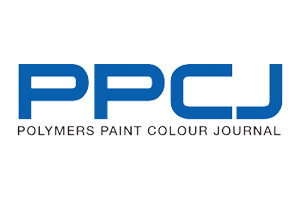
Despite only having completed the first of its three major deadlines for registering and risk assessing chemicals, the European Commission is now preparing to review the European Union’s (EU) chemical control system REACH, releasing proposals by next June (2012). These will consider, said a Brussels note, the operation of the system itself; whether it should be changed to avoid overlaps with other EU chemical legislation; and a special review of REACH assessments of chemicals used in small quantities. A report on "lessons learnt from the implementation of REACH with special attention to the costs and administrative burden” and impact on innovation will also be published.
The Commission has asked chemical industry companies, such as paints and coatings businesses, for input on the various studies its officials are now staging – see http://ec.europa.eu/enterprise/ sectors/chemicals/documents/ reach/review2012/index_en.htm
Meanwhile, a new software tool has been released to help companies prepare their REACH chemical safety assessments and reports. Developed by the European Chemicals Agency (ECHA), Chesar version 1.2 enables companies to create a full safety report, once their hazard assessments are completed, in text and exchangeable database formats. Visit -http://chesar.echa.europa.eu/
Elsewhere in the EU, the European Investment Bank (EIB) has announced it is investing €200M into German speciality chemicals (including coatings) company Lanxess to help it research and develop sustainable products and production. The seven-year loan will help the personal care product company supplier optimise existing products’ quality and environmental impact; develop new products; and boost its energy efficiency.
Also, the European Commission has cleared without condition the proposed acquisition of sole control of USA company Lubrizol by another USA-based firm Berkshire after investigating the deal’s potential impact on the EU market for acrylic emulsions and decorative coatings, which are made by both companies (and their subsidiaries). Brussels concluded there "would be no risk of input or customer foreclosure post-merger.”
And the European Commission has got its way in allowing the continued use of creosote for industrial coating uses such as wooden railway sleepers, electricity poles and fencing. Brussels has now secured backing from EU member states to amend the EU’s biocide directive, allowing creosote to be applied. However from May 1, 2013, this may only happen if a company receives expressed authorisation and there is no safer alternative to using the toxic coating.




